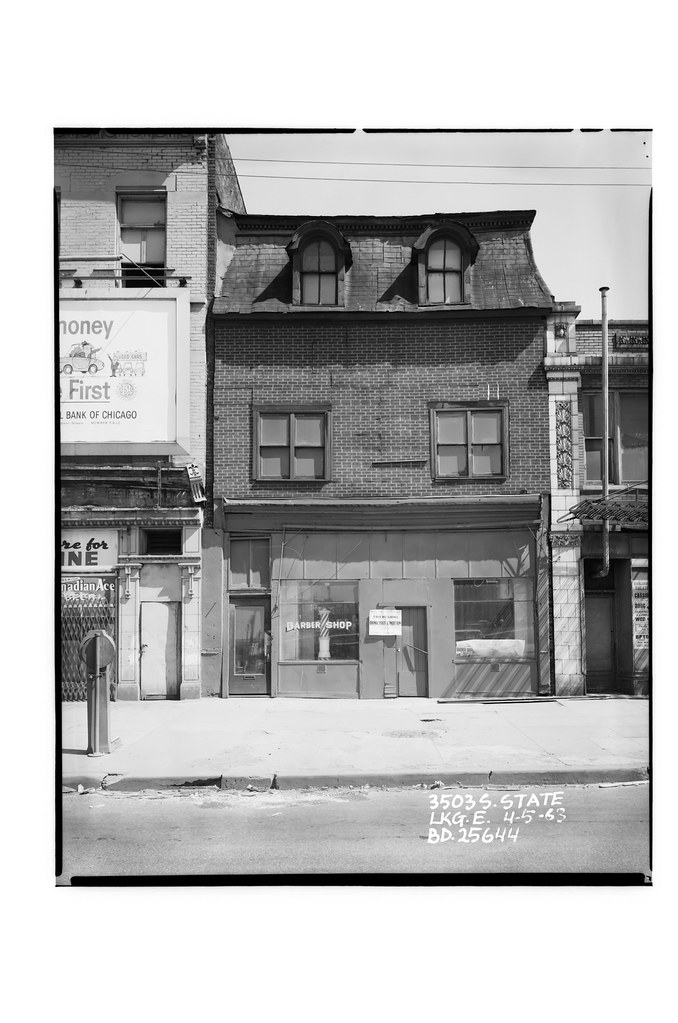
Course Introduction:
Before Emancipation, the city, for Black/African Americans, symbolically stood for freedom. During the Harlem Renaissance, the city was imagined as a site for self-determination. By the late 1930s, the city becomes a locus for despair and social critique. In this course, students will be exposed to various post-Harlem Renaissance, urban realist writers that examine the contours of the city as a way of exploring race relations, gender relations, and inter-race relations.
Course Objectives
- Students will be able to define realism and naturalism.
- Students will understand some of the Black/African American experience in the United States.
- Students will view the negotiation between a utopian and dystopian vision of the city
- Student will be able to understand the different urban dangers experienced by men and women in the city.
- Students will be able to connect some of the urban problems in the past with contemporary urban problems.
- Students will be able to perform close readings of literary texts verbally and in written form.
- Students will be able to argue a point in a concise written form with attention to MLA citation style.
- Students will demonstrate the ability to effectively use the grammatical and stylistic conventions of Dominant Academic/professional Discourse (DAD) in writing.
- Students will be able to produce a 6-7 page critical research essay on one of the literary texts in the course with a minimum of three peer-reviewed sources.
Required Texts:
· Native Son by Richard Wright, Published: 1940.
· The Street by Ann Petry, Published: 1946.
· Lonely Crusade by Chester Himes, Published: 1947.
· Selected Poems by Gwendolyn Brooks, Published 2006.
- Teacher: Alma Alvarez